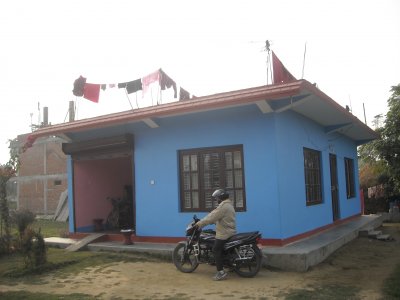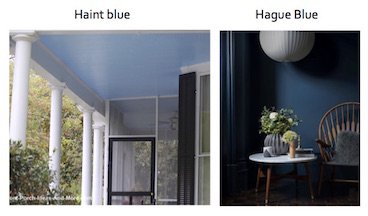MrRING
Android Futureman
- Joined
- Aug 7, 2002
- Messages
- 6,053
An interesting article online that I thought worth noting:
https://getpocket.com/explore/item/...of-enslaved-africans?utm_source=pocket-newtab
https://northcarolinaghosts.com/coast/boo-hag/
https://getpocket.com/explore/item/...of-enslaved-africans?utm_source=pocket-newtab
A bit more about Boo-Hags:This “haint blue,” first derived from the dye produced on Lowcountry indigo plantations, was originally used by enslaved Africans, and later by the Gullah Geechee, to combat “haints” and “boo hags”—evil spirits who escaped their human forms at night to paralyze, injure, ride (the way a person might ride a horse), or even kill innocent victims. The color was said to trick haints into believing that they’ve stumbled into water (which they cannot cross) or sky (which will lead them farther from the victims they seek). Blue glass bottles were also hung in trees to trap the malevolent marauders.
https://northcarolinaghosts.com/coast/boo-hag/
Now they knew this was serious. A boo hag is a kind of witch that can slip out of her skin and fly around at night and cause all kinds of trouble in the world. A boo hag can kill a man just by sucking all the blood from his body out through his nose. They'll get on a man and ride him at night so he can't move and he can't breathe. A boo hag is not something you'd ever want to meet...



 I just listened to "The Stuff They Don't Want You To Know" podcast and they had a caller (Plaquetos) requesting that they look into "haints". It's the second topic they discuss in this episode:
I just listened to "The Stuff They Don't Want You To Know" podcast and they had a caller (Plaquetos) requesting that they look into "haints". It's the second topic they discuss in this episode: